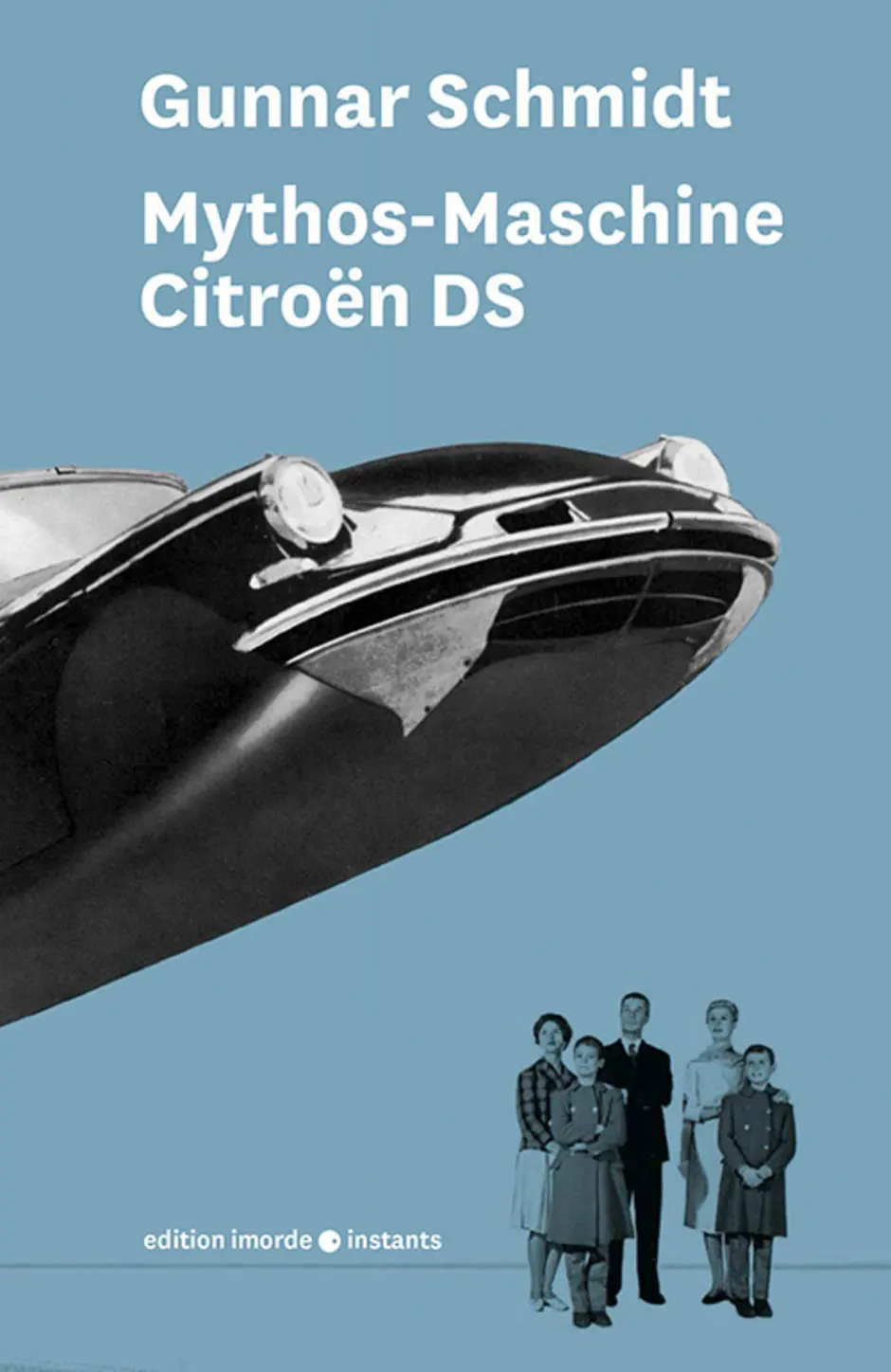Design objects lead versatile lives: they are used, they are decorative objects in everyday life, they represent prestige or fashion. In rare cases, they become collector’s items and even more rarely, they become iconic über-objects which are considered to represent an entire era.
The Citroën DS undoubtedly belongs to this world of objects, in which single objects transcend their utility to become objects of reverence. The DS is considered one of the central design creations, not just in the automobile industry, in the 20th century. As early as 1955, the year it was presented at the Paris Motor Show, a process of metaphysical appreciation began which soon led to the mythical, iconic, artistic character of the DS being unquestioned. This second existence, alongside the trivial existence on the streets, is examined for the first time in the monograph "Mythos-Maschine. Medien- und Kunstgeschichte des Citroën DS (Myth Machine. Media and Art History of the Citroën DS)".
Although many design and technology historians, as well as automotive journalists, have argued that the unique status of this object is due to a new automotive idea which caused sensation and acceptance in the mid-1950s, this study presents a different perspective. The matter-of-fact explanation does not explain how this particular vehicle became such an object of adoration and how it continues to be an object of adoration today. The question of how a design concept can make an icon while other design concepts go unnoticed and never have the same quasi-religious power has hardly been explored previously.
This study follows the various strategies of ascribing significance, a precondition for an object to transcend ordinariness, from their origins until today. It puts forward the argument that the modern myth developed through the interplay of diverse media representations which do not follow a uniform system of ascribing significance to an object. A myth should not be merely regarded as a term describing traditional stories whose origin and original function have been lost. A myth should be seen as a symbolic means of culturization, allowing the fundamental anthropological dimension to be perceived. This is how things and their relations to the world, our contact with them and their appeal are conditioned. This is how a vehicle could be a transmitter and could appear as an alien spaceship, a god, a national symbol, a symbol of revolution, an allegory for progress and femininity, and as an expression of social mobility with a bumper-to-bumper warranty. The mythical object is certainly not without inconsistencies and is characterized by an abundance of possibilities. The myth can always be retold and shows through its many iterations the potential for metamorphosis.

You are leaving the official website of Trier University of Applied Sciences